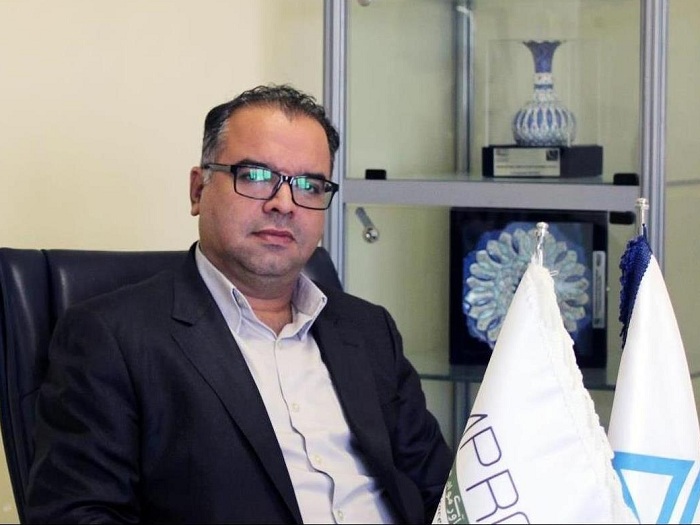Mining challenges the environment and sustainable development

One of the most important and fundamental foundations of any country's economy is its mineral resources. The role of mines in economic growth is very serious and strategic, and the exploitation of the country's mines is an undeniable necessity in economic development.
According to the International Iranian Stone Exhibition, considering that the mining industry is one of the main industries in our country and many people are working in this industry, it can be acknowledged that the mining industry in any country has a great impact on social welfare in that country. Also, the occurrence of environmental problems through this industry is not hidden from anyone. Therefore, in order to balance these three sectors, namely economic growth, social welfare and reducing environmental disorders, we are required to enter sustainable development into this industry.
To continue their activities, mines face major challenges in various fields such as the environment, energy consumption, safety and health. In the extraction sector, with the destruction of land, environment and, most importantly, the destruction of non-renewable resources (completion of natural resources) and in the processing sector, the discussion of toxic effluents from the process of concentrating processing plants and destructive environmental effects along with water consumption are the most important challenges.
Given the growth trend of the concepts of sustainable development, it is safe to say that mining activities will be disrupted in the future regardless of the sustainable development aspects, and it is better for mines and mining companies to focus on sustainable development models and patterns as soon as possible.
Sustainable development is a new concept introduced to the World Environment Commission in Bratland in 1987 due to human concerns about natural resources shortages, rapid population growth and severe environmental degradation, and was adopted by the Rio Conference in 1992. . The goal of sustainable development is to promote productivity and environmental performance in order to improve socio-economic development. Preserved for later generations. Sustainable development, according to Bratland, is to meet the needs of the current generation without compromising its capacity to meet the needs of future generations.
For the first time, the issue of sustainable development of resources and mineral reserves was raised in 1992 at the Rio de Janeiro Land Conference. In this conference, which was attended by representatives of 1207 countries and 2,400 non-governmental organizations, a document on twenty-seven principles was prepared and It was signed that it showed the importance of sustainable development. The document noted the need to protect resources and mineral resources and sustainable development in this area. The years 1990 to 1999 can be considered as the years of mining and sustainable development.
In 1999, with the implementation of ICMM (International Council of Mining and Metals), the issue of sustainable development entered a new phase in mining, followed by the establishment of the International Council on Mining and Metals in 2001, and the publication of a report on mining, minerals and sustainable development. In 2002, the key to sustainable development in mining came into being. Since then, many researchers have done extensive research in this area, and many governments have entered into laws for sustainable development in mining. In Iran, researchers and university professors have been involved in sustainable development in mining for the past two decades, but from a governance point of view, no significant action has been taken to develop a strategy to achieve sustainable development goals.
Green economics actually uses the right tools, techniques, and technologies to manage productivity and the environment to reduce the environmental impact of the organization's activities, goods, and services.
Green productivity can include things like ensuring profitability, improving quality of life and reducing negative environmental impacts and reducing production costs. Reduce waste disposal costs. Improve market attitudes, reduce staff health care costs, and lead a higher quality of life, as well as produce environmentally friendly goods and services.
These concepts in the mining and mineral industries sector are of particular importance to strategies such as:
- Recycling of waste and waste,
- Audit and reduce water consumption in processes,
- Elimination and extraction of harmful and dangerous environmental elements from the waste is a valuable source of value in their extraction.
- The complication of finding, standardizing and optimizing production lines with the aim of increasing productivity and reducing energy consumption in the country's mines and mining industries is becoming more apparent.
Iran Mineral Processing Research Center with nearly fifteen years of experience in performing specialized services for mineral analysis and processing research on a laboratory scale, pilot and technology development, etc. with unique equipment in the country in addition to services and research activities performed so far It is a good platform for targeting and carrying out development and research activities in line with the economy and green productivity and sustainable development in mines and mining industries, which in line with each of the above strategies defines or implements projects and projects that are mentioned in the second part. It happens.
* Majid Vafaeifard - Director of Iran Mineral Processing Research Center - IRNA










